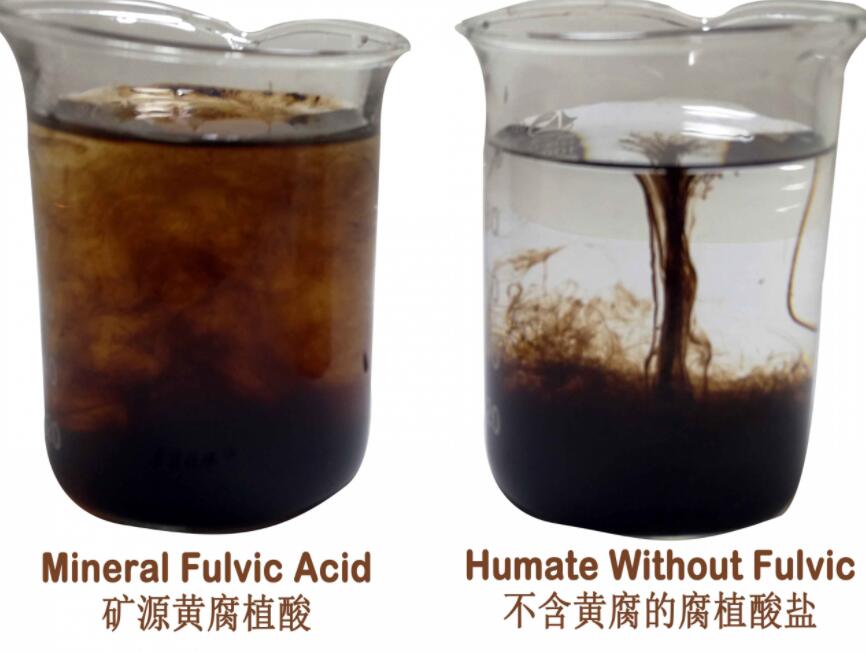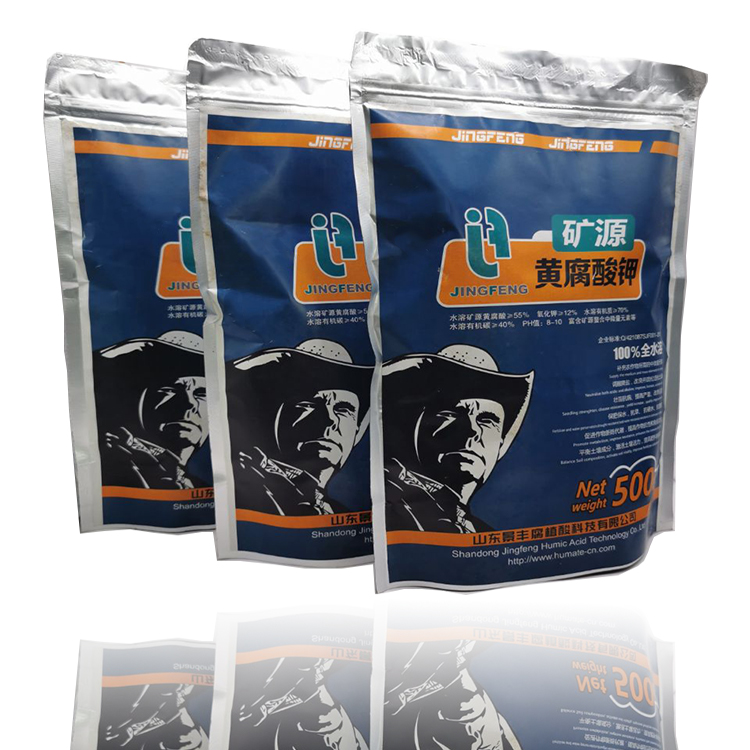Fulvic acid compound fertilizer is a new achievement of the world’s fertilizer industry research. It has been at the forefront of the development of the fertilizer industry. It is the main direction for achieving high-yield, high-quality and efficient agricultural services. In this article, the author will briefly introduce the characteristics, advantages and functions of fulvic acid compound fertilizer.
Characteristics of Fulvic Acid Compound Fertilizer
The basic composition of fulvic acid compound fertilizer fulvic acid is a product formed by the decomposition and synthesis of ancient plants by microorganisms. It exists in peat, lignite, danty and soil, and contains a variety of active groups and physiologically active substances for plants.
It is a high molecular weight organic compound with a small molecular weight, with many acidic genes, strong permeability, soluble in acid, alkali and water, and easily absorbed by plants. As a pollution-free organic substance, it is widely used in agricultural production.
Advantages of Fulvic Acid Compound Fertilizer
The combination of fulvic acid and NPK inorganic fertilizers is not only the combination of organic and inorganic fertilizers, but also the combination of chemical fertilizers and fertilizer synergists. It is the combination of soil amendments and plant growth regulators. It is the combination of quick-acting and slow-acting (long-acting) ). It is the combination of fulvic acid N, P, K and trace elements.

Functions
Its functions to improve crops and their growth environment mainly include the following points:
- (1) Improve the soil, adjust the soil salinity, increase the soil aggregate structure, and have a particularly obvious effect on improving the saline-alkali soil.
- (2) It has obvious effects of fixing nitrogen, dissolving phosphorus and slow releasing potassium. Reduce the loss of nitrogen volatilization, convert the phosphorus in the soil or phosphate fertilizer into soluble phosphorus, reduce the soil’s absorption and fixation of potassium and improve the recovery rate of available potassium. It can also chelate the trace elements in the soil.
- (3) Stimulate the growth and development of crops, make crops take root faster, have more secondary roots, increase root mass, and root elongation, promote effective tillering, and enhance photosynthesis and respiration intensity.
- (4) Enhance crop resistance to stress, drought resistance, cold resistance, resistance to dry and hot wind, and resistance to lodging.
- (5) Prevent crop diseases and insect pests, have a unique effect on disease prevention and control, and the effect of combined application with pesticides is more obvious. It has special functions for crop diseases caused by fungi, such as wheat smut, corn anthracnose, cotton wilt, fruit tree powdery mildew etc.
- (6) Improve crop quality, increase the sugar content of fruits and vegetables, reduce the acidity of fruit quality, and increase low-molecular organic nutrients in food.
The above is all the content explained in this article, I hope it will be helpful to you.
CERES certified fulvic acid compound fertilizer production and sales:
Wechat/whatsapp:0086-18920222224
Skype:jingfeng-humic
E-mail: graeme@humate-cn.com







